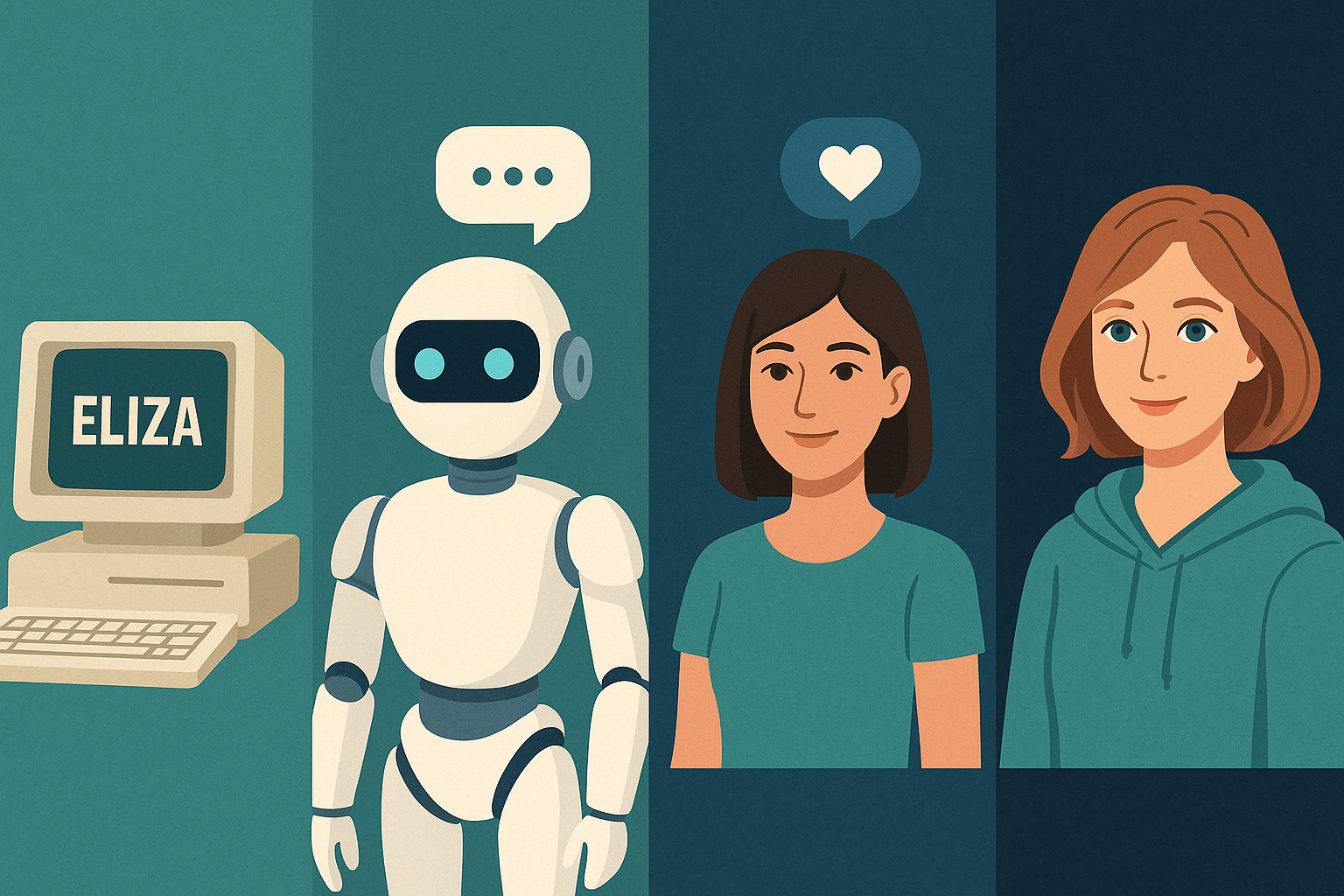The development of artificial intelligence (AI) characters has undergone a remarkable transformation over the past few decades. What started as simple chatbot programs designed to respond with limited scripted answers has evolved into complex virtual companions capable of meaningful interactions and emotional connections. This article traces the history and evolution of AI characters, highlighting technological milestones and the social implications of this advancement.
The Early Era: Rule-based Chatbots
The inception of AI characters dates back to the 1960s with programs like ELIZA, a pioneering chatbot developed by Joseph Weizenbaum. ELIZA simulated a Rogerian psychotherapist by using pattern matching and substitution to engage users in conversation. Despite its limited capabilities, ELIZA demonstrated the potential of conversational agents.
Following ELIZA, many chatbots were rule-based, operating on predefined scripts that restricted responses to specific keywords or phrases. These chatbots were primarily tools for simple customer service and FAQs, lacking the ability to understand context or learn from interactions.
The Rise of Machine Learning and NLP
The development of machine learning (ML) and natural language processing (NLP) in the 2000s marked a significant shift in AI character capabilities. Instead of relying on fixed rules, chatbots began to analyze large datasets to understand and generate human-like language.
Platforms like Apple’s Siri (2011) and Amazon’s Alexa (2014) popularized voice-activated AI assistants, enhancing user experience through improved speech recognition and contextual understanding. These AI characters began to personalize responses, learn user preferences, and assist in daily tasks, bridging the gap between functional tools and interactive companions.
From Assistants to Virtual Friends: Emotional AI
The latest phase in AI character evolution focuses on emotional intelligence and social interaction. AI characters are now designed to recognize emotions, remember past interactions, and provide empathetic responses. This transition has led to the emergence of virtual friends, avatars, and digital companions that can simulate human relationships.
Companies like Replika and Woebot have developed AI-driven platforms for mental health support, offering companionship and emotional assistance. These AI friends engage users in conversations about personal issues, providing a sense of connection that goes beyond transactional exchanges.
Technological Foundations Driving the Evolution
Several technologies underpin the transformation of AI characters from simple chatbots to sophisticated virtual friends:
- Deep Learning: Enables AI to process vast amounts of unstructured data and generate nuanced responses.
- Contextual Understanding: Advances in NLP allow AI to comprehend context, intent, and sentiment in conversations.
- Multimodal Interaction: Integration of voice, text, facial recognition, and gestures creates more immersive user experiences.
- Cloud Computing: Facilitates real-time processing and continuous learning, essential for adaptive AI characters.
Social and Ethical Implications
The rise of AI virtual friends introduces both opportunities and challenges. On one hand, they provide companionship to isolated individuals and support mental health. On the other, ethical concerns arise around privacy, dependency, and authenticity of AI interactions.
The anthropomorphizing of AI characters raises questions about emotional attachment and the potential psychological impact on users. Developers and policymakers must balance innovation with ethical guidelines to ensure safe and beneficial AI companionship.
What’s at Stake
The evolution of AI characters is not merely a technological feat but also a social phenomenon shaping human relationships in the digital age. The integration of virtual friends into everyday life could redefine communication, emotional support, and social connection.
However, reliance on AI companionship may alter human behavior and societal norms. Ongoing research and regulation are vital to harness the benefits while mitigating risks such as data misuse and emotional manipulation.
Looking Ahead: The Future of AI Companionship
Future advancements are expected to bring even more lifelike AI characters with enhanced autonomy, creativity, and emotional depth. Emerging trends include AI-driven virtual reality companions and personalized avatars integrated into metaverse environments.
As AI characters become more sophisticated, they may serve diverse roles—from caregivers and tutors to entertainers and collaborators—changing the way humans interact with technology and each other.
The journey from simple chatbots to fully-fledged virtual friends illustrates the rapid progress and potential of AI in transforming human interaction. This evolution not only reflects technical breakthroughs but also invites reflection on the evolving nature of companionship in a digital world.

